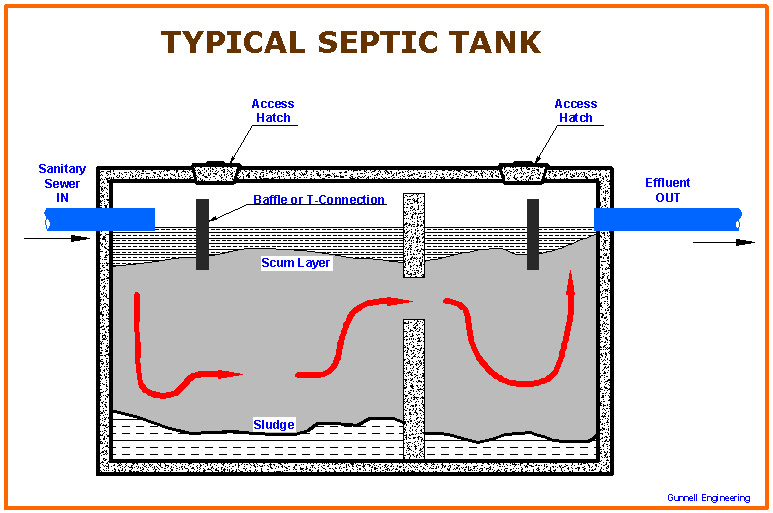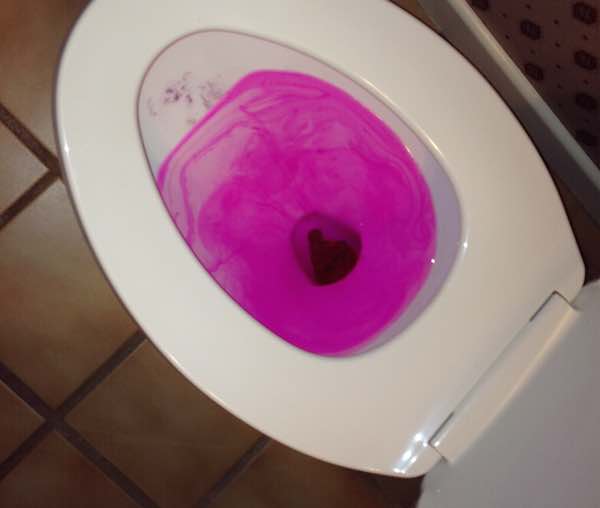

Accu-Spec offers 2 types of Septic inspections. The first is called a septic dye. A colored tracer dye is flushed into the waste system and an inspection for "breakout" is performed. The dye test is considered very inconclusive by industry standards. The second type of inspection offered is a full septic evaluation. This is a technically exhaustive test that includes the dye test and uncovering the septic tank. The tank is pumped free of effluent and inspected. The leaching fields are probed for location and damage. The internal plumbing fixtures are then operated and the flow is evaluated. A full separate written examination will be provided.
A LOOK BENEATH THE SURFACE
COMPONENTS OF A SEPTIC SYSTEM
Most populated areas are served by
municipal sewage disposal systems, and all a contractor has to do is tap into
the sewage pipeline. However, in some rural and semi-rural areas municipal
sewage service may not be available. In these cases, a private sewage waste
disposal system is required. In short, this system is called a septic system.
|
HOW DO SEPTIC SYSTEMS WORK |
|
A septic system provides a "holding tank" where natural bacterial action decomposes human waste products into environmentally acceptable components. Sewage liquid, known as effluent, is carried from the septic tank to the liquid distribution box where it is equally distributed to all parts of the leaching field system. The undigested solids are left in the bottom of the tank to be pumped out at a later date.
|
|
WHY SEPTIC SYSTEMS FAIL |
||||||||||||
|
|
||||||||||||
|

|
TESTING |
|
|
Accu-Spec uses two methods to test for potential problems with a septic system; the Septic Dye test and the On Site Septic Evaluation. The Septic Dye test involves the placement of a tracer dye into the septic system. If the dye breaks through to the ground surface, it would be a very strong indication that the system has failed. The Septic Dye test is considered by professionals as the minimum required test. The On Site Septic Evaluation is very thorough and can only be performed by a skilled member of the waste management profession. The inspector will uncover the Septic System and identify the type of system and the approximate tank capacity. The inspector then will test all components of the septic system. 
|